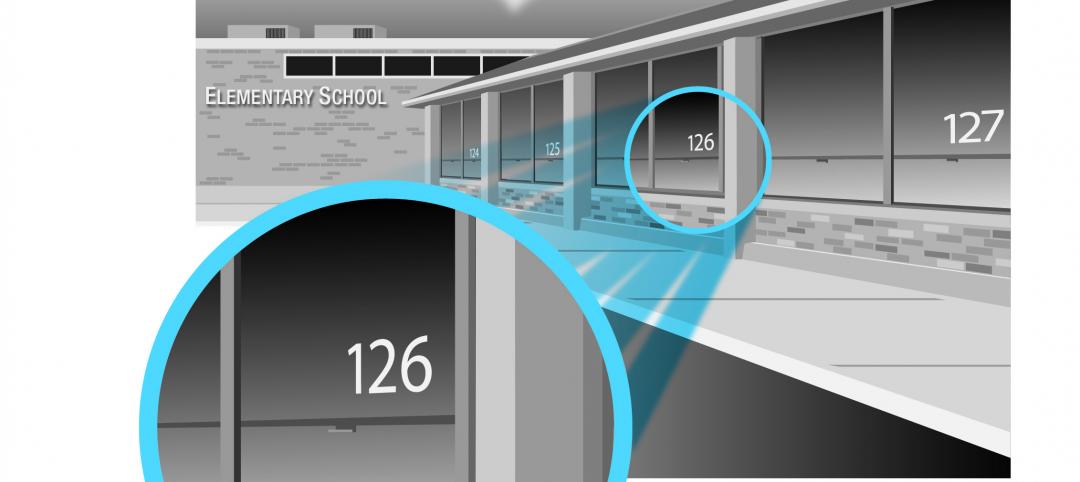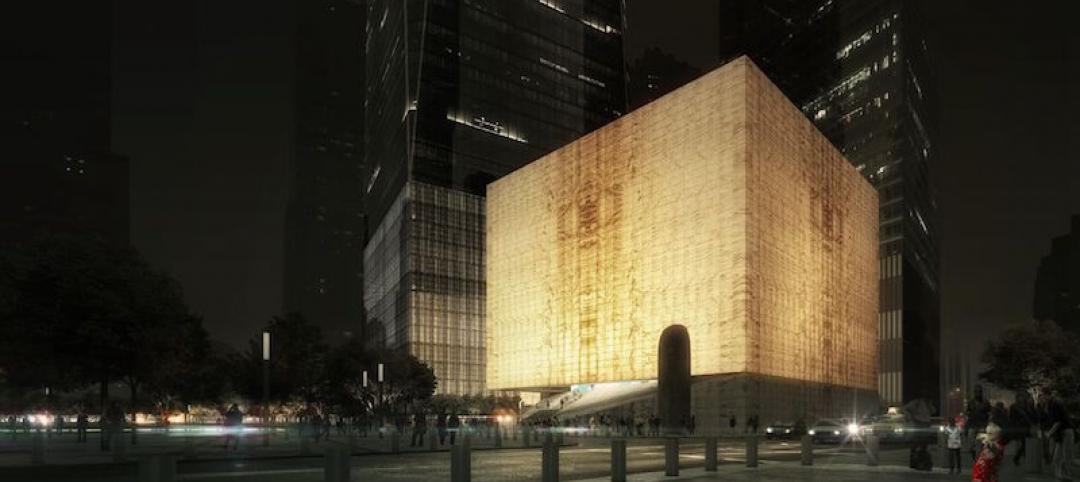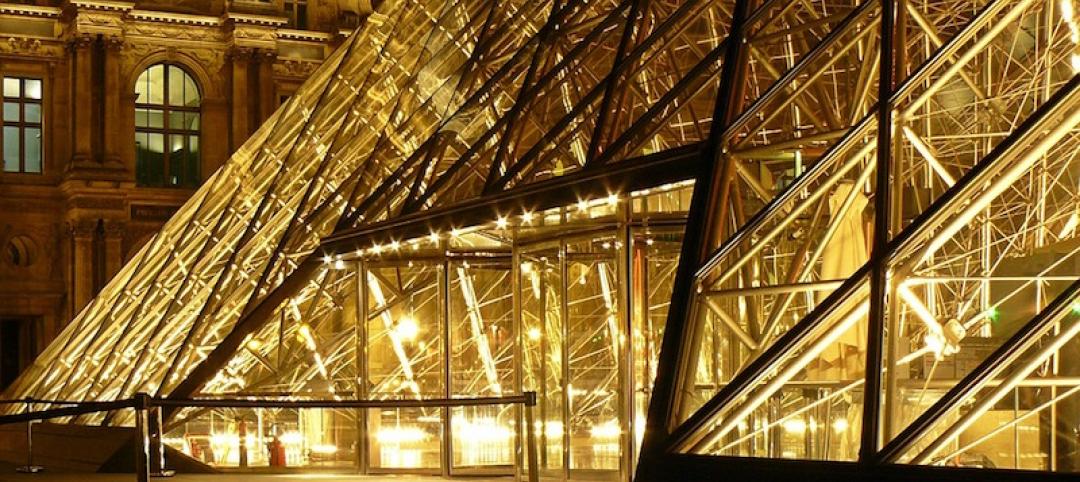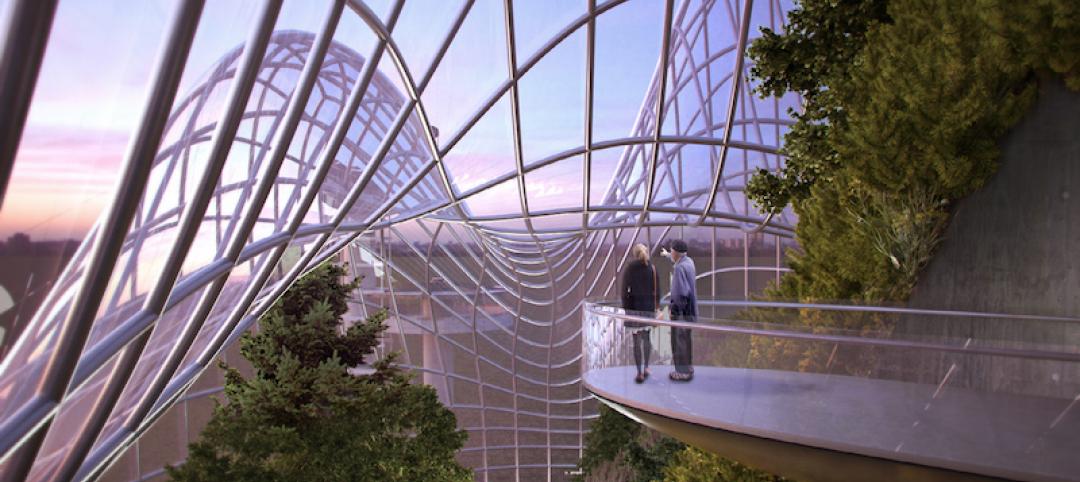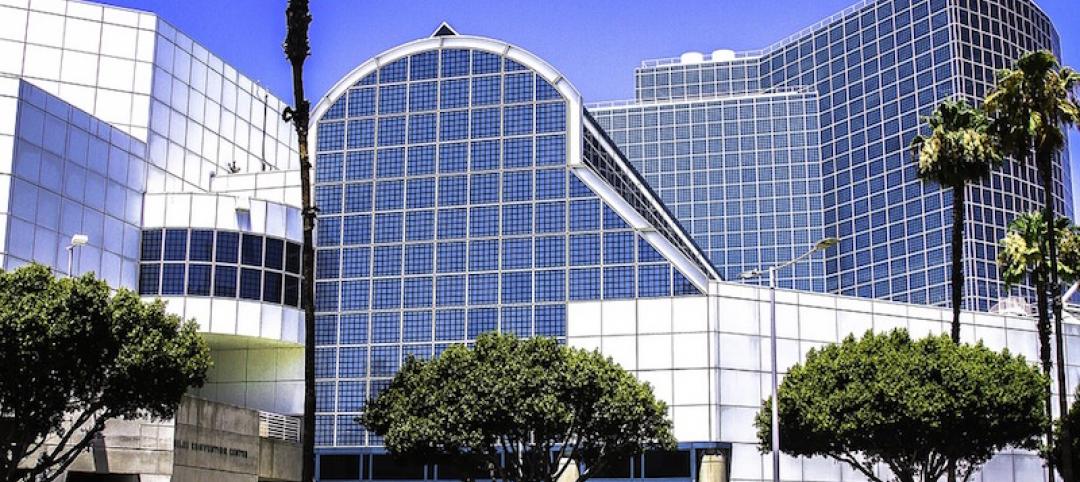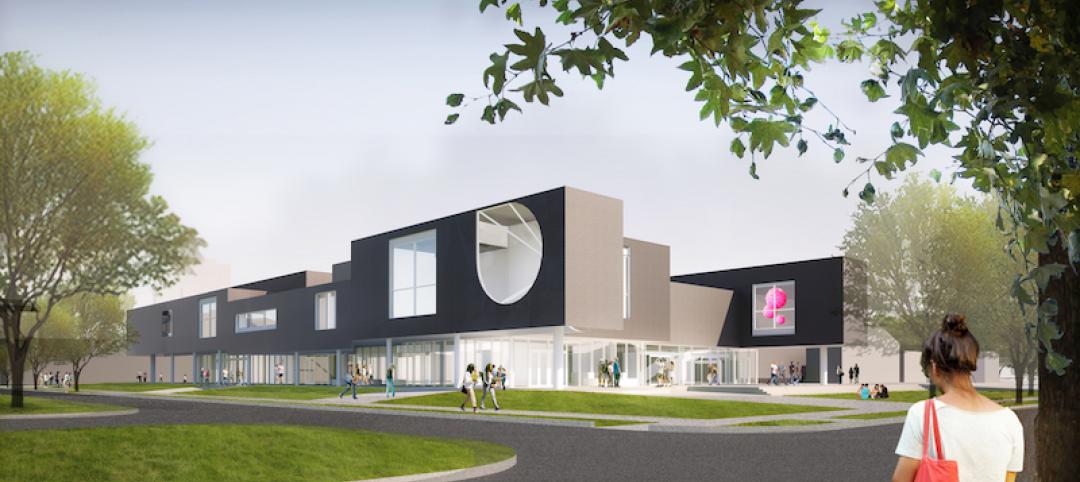On May 24, The Shed, a non-profit cultural organization that’s backed by some of the heaviest hitters in New York City, announced the completion of erecting the structural steelworks for the telescoping outer shell of a 200,000-sf artistic center, also called The Shed, under construction in Lower Manhattan’s west side.
This announcement came one day after former New York Mayor Michael Bloomberg said that he would be donating a total of $75 million to this project through his Bloomberg Philanthropies.
That brings to $421 million that amount that has been raised so far from this project’s $500 million capital campaign, according to the New York Times. The Shed’s benefactors include media mogul Barry Diller, and Stephen Ross, chairman of the builder/developer Related Companies.
While in office, the Bloomberg administration rezoned the area running roughly from 30th Street to 41st Street, and between 8th and 11th avenues for its ambitious redevelopment plan that included Hudson Yards and The Shed. Bloomberg personally spearheaded the idea of placing a cultural center in the midst of this office-heavy redevelopment. Construction of The Shed began in 2015 and should be completed next year.
When it opens in the Spring of 2019, The Shed will run along the popular High Line elevated walkway and garden. The organization is leasing the land, and will lease the building, from the city.
“This will be a platform for art, for artists to create on,” says Daniel Doctoroff, a former deputy mayor who is chairman of the board of The Shed. He said Bloomberg’s mandate for this project was that it be “unique” and put the lower west side “on the cultural edge.”

David Rockwell of The Rockwell Group (left) and Liz Diller of Diller Scofidio + Renfro talk about how The Shed was designed to be as flexible as possible to accommodate the uncertain artistic world of the future. Image: BD+C
Elizabeth Diller, a partner with Diller Scofidio + Renfro, which with The Rockwell Group designed the center, says this project forced the Building Team to think about what the arts would be like in 10 to 15 years. Their conclusion was that this is unknowable, so the building needed to be designed with the utmost flexibility.
A manifestation of that flexibility is a gigantic movable shell, open on three sides, which can be deployed over a 20,000-sf open plaza to create a 17,500-sf hall whose lighting, sound, and temperature can be controlled. The 8-million-pound shell is mounted on 6-ft-diameter wheels that roll along slide rails. The structure, operated by 90-horsepower motors, can be opened or closed within seven minutes.
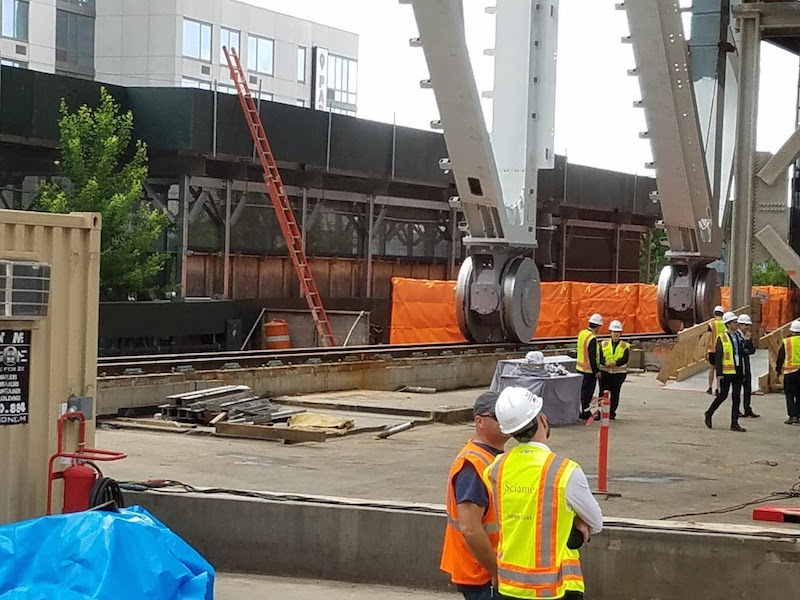
The Shed's movable shell sits on steel wheels, 6 ft in diameter, that roll on slide rails. Image: BD+C
The movable shell rises 135 feet above the plaza, and can support up to 4,000 tons of building systems and production equipment. Its exposed steel will be clad in translucent pillows of ETFE, a Teflon-based polymer, some of whose panels will measure 70 ft in length.
The plaza would have a theater seating capacity of 1,250 and a standing capacity of 3,000. (By comparison, New York’s Radio City Music Hall seats just over 6,000 people; and the city’s Beacon Theater seats roughly 2,900.)
The shell retracts into a base building with eight floors, each designed for multiple uses. The top floor will house a 3,300-sf rehearsal space, a 9,500-sf flexible events space, and a 1,700-sf labs dedicated to early-career local artists.
Below that is an 11,700-sf, 500-seat black-box theater that can be subdivided into three smaller performance spaces. The building will also include two levels of galleries with a combined 25,000 sf of exhibit space and 19-ft-high ceilings.
Back-of-house space for offices and mechanicals, dressing rooms, and storage is on the first floor.
In charge of programming The Shed is Alex Poots, the organization’s Artistic Director and CEO. Previously, Poots was founding Director of the Manchester International Festival, and Artistic Director of New York’s Park Avenue Armory. He said The Shed would “welcome artists and audiences from all walks of life.” The Shed has already launched a free, citywide residency program in dance activism for young people, Flex NYC, in cooperation with Reggie Gray of D.R.E.A.M. Ring dancers.
The organization also just hired Kevin Slavin as its Chief Technology Officer. Slavin comes from MIT's Media Lab.
Other Building Team members include Thornton Tomasetti (SE), Sciame Construction (CM), Hardesty & Hanover (kinetic engineering services), Jaros Baum & Bolles (MEP, FP), Levien + Co. (owner’s rep), Cimolai (structural steel), Cimolai Technology (kinetic services), and Stonebridge (steel erection).
Related Stories
Cultural Facilities | Sep 16, 2016
Competition to design Shanghai’s Pudong Art Museum is down to four firms
OPEN, SANAA Ateliers Jean Nouvel and David Chipperfield Architects are the final four firms competing for the opportunity to design the project.
Steel Buildings | Sep 15, 2016
New York’s Hudson Yards to feature 16-story staircase sculpture
The installation is designed by British architect Thomas Heatherwick and will be the centerpiece of the $200 million plaza project
Cultural Facilities | Sep 13, 2016
REX reveals The Perelman Center, the final structure for the World Trade Center campus
The cube-shaped building is clad in translucent book-matched marble.
Designers | Sep 13, 2016
5 trends propelling a new era of food halls
Food halls have not only become an economical solution for restauranteurs and chefs experiencing skyrocketing retail prices and rents in large cities, but they also tap into our increased interest in gourmet locally sourced food, writes Gensler's Toshi Kasai.
| Sep 1, 2016
CULTURAL SECTOR GIANTS: A ranking of the nation's top cultural sector design and construction firms
Gensler, Perkins+Will, PCL Construction Enterprises, Turner Construction Co., AECOM, and WSP | Parsons Brinckerhoff top Building Design+Construction’s annual ranking of the nation’s largest cultural sector AEC firms, as reported in the 2016 Giants 300 Report.
Events Facilities | Aug 31, 2016
New York State Pavilion re-imagined as modern greenhouse
The design proposal won a competition organized by the National Trust for Historic Preservation and People for the Pavilion group to find new uses for the abandoned structure.
Performing Arts Centers | Aug 31, 2016
Sydney Opera House scheduled for $200 million upgrade
Acoustical improvements will be made alongside upgrades in accessibility, efficiency, and flexibility.
| Aug 30, 2016
CONVENTION CENTER GIANTS: A ranking of the nation's top convention center sector design and construction firms
Gensler, LMN Architects, AECOM, Turner Construction Co., and WSP | Parsons Brinckerhoff top Building Design+Construction’s annual ranking of the nation’s largest convention center sector AEC firms, as reported in the 2016 Giants 300 Report.
Cultural Facilities | Aug 27, 2016
Yellowstone Park Foundation receives $1 million donation from Toyota
The money will support new eco-friendly and efficient buildings on the park’s Youth Campus.
University Buildings | Aug 16, 2016
New images of Rice University’s Moody Center for the Arts revealed by Michael Maltzan Architecture
The arts center will foster creativity for making and presenting works across all disciplines



